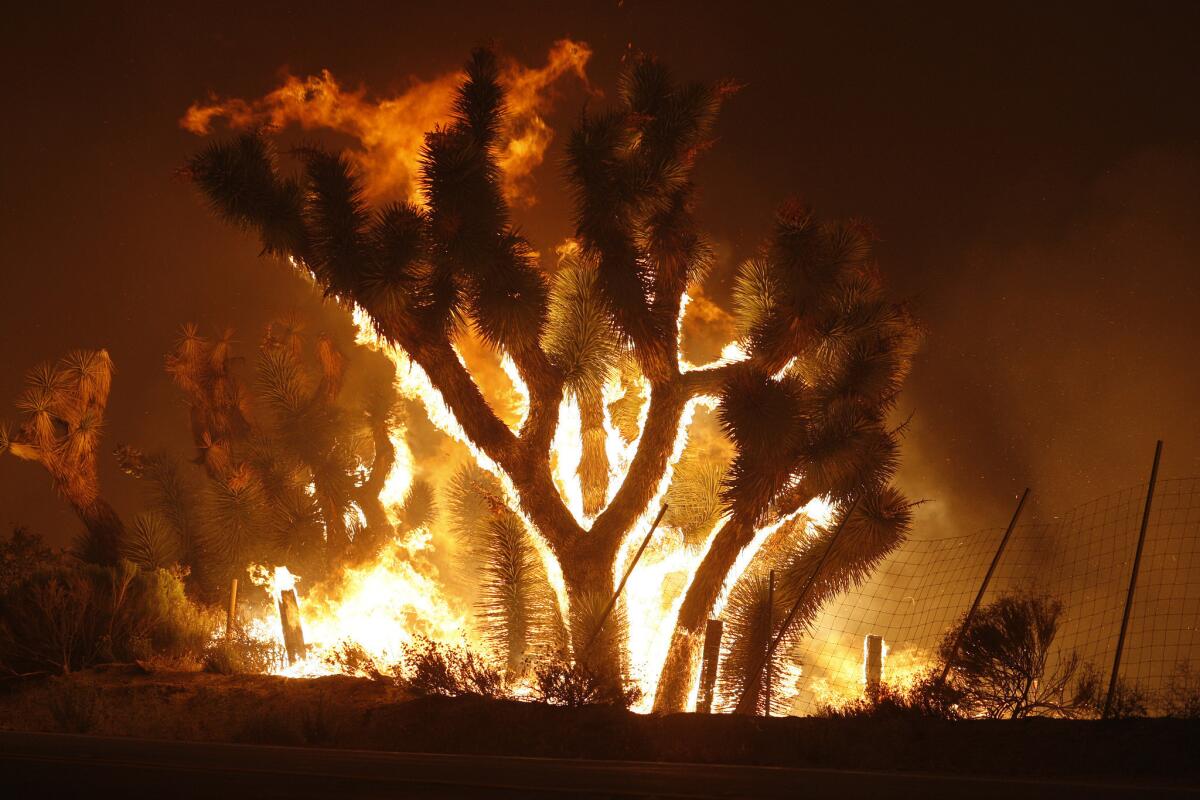The time for climate action is now

- Share via
Hurricane Sandy has come and gone, so it might seem crazy that New York Mayor Michael Bloomberg recently announced a $20-billion proposal to construct levees and shore up hospitals to protect his city from storms and rising seas. All government leaders should be so crazy. Though the need to adopt policies that sharply curb carbon emissions remains as important as ever, there also are unmistakable signs that decades of inaction on climate change are shaping the present, not just the future. A national task force convened in 2009 has outlined many of the ways in which governments must adapt to and cope with climate change, but Bloomberg is one of the very few to do something concrete about it.
Early predictions made by climate scientists — back when much of the nation was still dubious about any kind of greenhouse effect and many denied it existed — are coming true even more quickly than expected. Although no single weather event can be laid at the door of global warming, more extreme weather throughout the nation, such as tornadoes in the Midwest and hurricanes in the Northeast, already is upon us, as are worsening dryness and fire seasons in the West.
Not all of the effects of climate change are expected to be negative. Certain warm-weather crops will grow in states that were once considered too cold, scientists say. But even those will demand adjustments. Farmers who shift from one crop to another, for instance, will be forced to learn new techniques and make new investments in equipment.
VIDEO: Climate change gets its close up
All of this requires first admitting reality, then planning for it and investing in the infrastructure needed to protect against the worst effects and take advantage of the new possibilities.
These might be as sweeping as planning out sources of water for the West — including desalination plants and more recycling and required efficiency in water use — or as specific as a community identifying cooled buildings where the elderly and other fragile people can go during prolonged hot spells and providing transportation to get them there. It might also include planning for crop losses and other flood-related damage in the Northeast, where precipitation has increased 67% over the past 50 years, or building levees and drainage.
Expensive? Very. But the price of doing nothing would be far greater. And that’s worth remembering when President Obama releases his expected proposal for reducing the carbon footprint, which will almost surely include new restrictions for coal-burning plants, the biggest emitters of greenhouse gases. Adjusting to climate change will require clear thinking and significant investment, but if the nation sticks its collective head in the sand, it will find that sand covered by rising seas.
More to Read
A cure for the common opinion
Get thought-provoking perspectives with our weekly newsletter.
You may occasionally receive promotional content from the Los Angeles Times.










